This was done in two stages: Sligo to Westport and then through Connemara to Galway.
The first took Somerville through some of the loneliest lands in the British Isles, for which he needed a guide, for the drover's route that he took southwards went down paths [boreens] that took the driest route through the blanket bogs of West Mayo. I have stood on land to the west of Lough Conn and gazed westwards towards the blue-hazed mountains of Mayo, and they looked beautiful, but they are not easy, for these mountains are difficult and the bogs between them demanding. The blanket bog that arose after climate change in the Bronze Age was so deep that it swallowed up the wonderful dry stone cattle management system of the Ceide Fields, [pronounced cagey] now happily rediscovered and archaeologically excavated. The author avoided the mountain tops, for these are difficult mounts, made of hard, slippery rock with much scree,dangerous places indeed.
He tells of how Irish drovers took the pass through what is known as the Nephin Beg [Little Nephin] Range to deliver cattle from Mayo to the markets of Galway. There were some marvellous feats of endurance, with drovers walking many a long hour, and sometimes having to defend cattle and/or profits from robbers. This route interested me, as my wife Maureen's research into her family history turned up the interesting fact that her maternal grandmother was from a family of cattle dealers, who may well have used that drove road at times.
An ascent of Ireland's sacred mountain, the steep and rocky Croagh Patrick, followed, and Somerville marvelled at those who climb it barefooted. The view from the summit, when it is not too misty with the clouds scudding in from the Atlantic, surveys the island-studded Clew Bay, one of Ireland's unique sites.
Then on to Connemara. I have been to Connemara, whose name means Conn of the Sea, possibly denoting the name of the people who anciently dwelt there. But I have not been often enough, for it is a place with an inexhaustible character. Connemara is a complex symphony of rock, water, bog, moorland and farmland, the farms being small and often struggling, the product of people devoted to dwelling in the land, but finding it hard and often economically unrewarding. But this is the quintessence the Gaeltachdt, the land where Gaelic is still spoken.
Somerville passed between the twelve pins [bens] of Connemara and the smaller Maamturks, but the Maamturks are just as difficult, for they are both hard, unyielding, ancient shield rock dating from the Precambrian epoch, remnants of an primeval continent. To see this landscape stand in its stark, wild beauty after rain has cleared the air of dust and mist is an experience to remember for a lifetime. I will never forget it.
The author draws on his comprehensive grasp of Irish history to link Connemara with the famous rebel. Padraig Pearse, who had a cottage there prior to the 1916 rebelllion, which cost him his life. This is an important quality of the book, that Somerville delves at places into Irish history and literature.



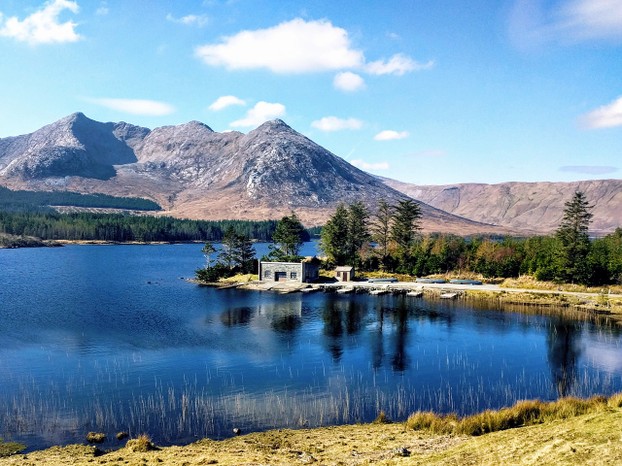


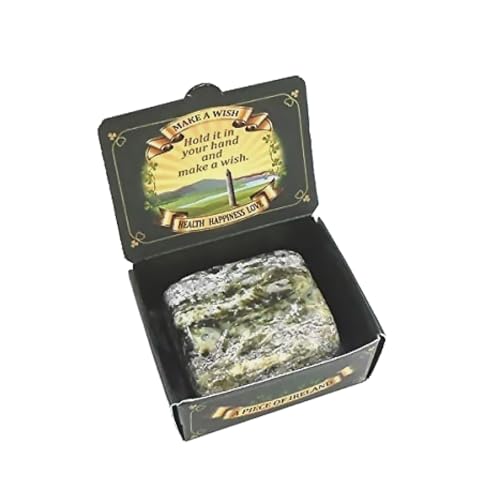
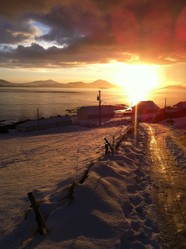

 TheThousand Year Gardenon 11/26/2025
TheThousand Year Gardenon 11/26/2025
 Women of the Gospelson 10/11/2025
Women of the Gospelson 10/11/2025
 Religious Gardenson 08/25/2025
Religious Gardenson 08/25/2025
 Doctor of the Church: John Henry Newmanon 08/03/2025
Doctor of the Church: John Henry Newmanon 08/03/2025

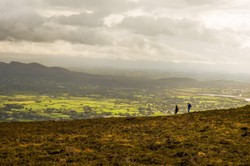
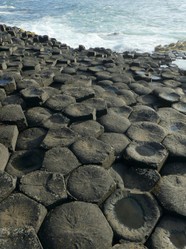
Comments
The church is not staffed all the time. Priests officiating there bring a case for the equipment they will need.but there is no vehicular access to the summit. The only vehicle that can come anywhere near the summitnis a helicopter.
Thank you for your comment below in answer to my previous observation and question.
The St. Patrick Church must be a welcome sight to those summiting.
How would Church staff wend their way to St. Patrick's? Would it be on foot or through some transportation mode?
It is a Catholic church dedicated to St Patrick
Thank you for your comment below on Jan. 29, 2020, in answer to my previous-day observation and question.
The fourth paragraph to the second subheading, Southwards through Connaught, considers pilgrims who climb Croagh Patrick barefooted.
English Wiktionary describes the summit as domiciling a church.
Does the church have a name and a religious affiliation?
I
It's good to hear from you gain, Derdriu.
It is a traditional route south from the northernmost parts of Ireland, which is why Somerville chose it. I think that he wanted a route that avoided roads as much as possible. So he was sticking to what are known as bothareens [pronounced boreens, small roads and footpaths] as much as possible.
There could have been alternative routes, but he wanted a wild way.
frankbeswick, Thank you for the practical information and particularly for the product lines.
Barnesmore Gap sounds like an unexpected choice for travel, what with the geography, loneliness and travel time. Was it the only option for travelers with certain destinations in mind?
Not as far as I am aware no. I don't know why I was chosen but I was.
Maybe it is coincidental and they thought I was a hooligan. :)
Did they discover that you were called Veronica? The name gives away your Catholic roots. Moreover, you resemble mother, who was often told that she looked Irish and asked which part of Ireland she came from. Maybe they added a few points together and inferred that you are Catholic. But Philip is Catholic also and he was not asked to leave, so Irish looks were probably behind this ejection. However, this confirms that Edam is not on my list of destinations to visit.
Many years ago on a coach trip round Holland, the tour guide warned us that in Edam Catholics are not welcome. I knew I wold be OK as they wouldn't know I was RC . However in the hotel restaurant I was asked to leave and my son and husband were not.. They left with me of course.. There was no reason given and i can only assume they could tell .
In England in the 70'sand 80s at the school I worked in I encountered a great deal of anti catholic sentiment from the staff.
But never in Ireland either anti Catholic or Anti English.
Veronica, your point about the literacy of registrars is well made and apt.